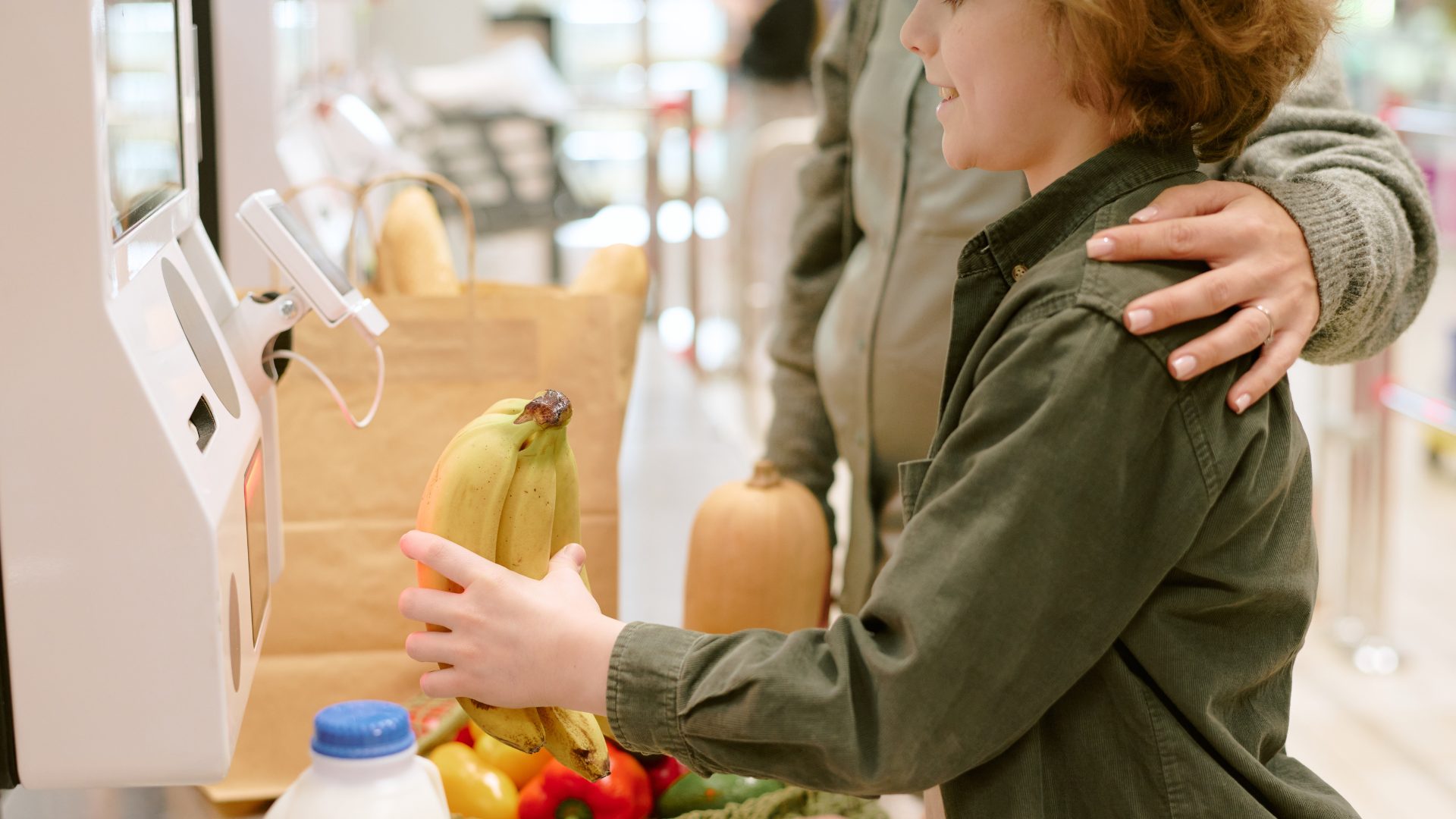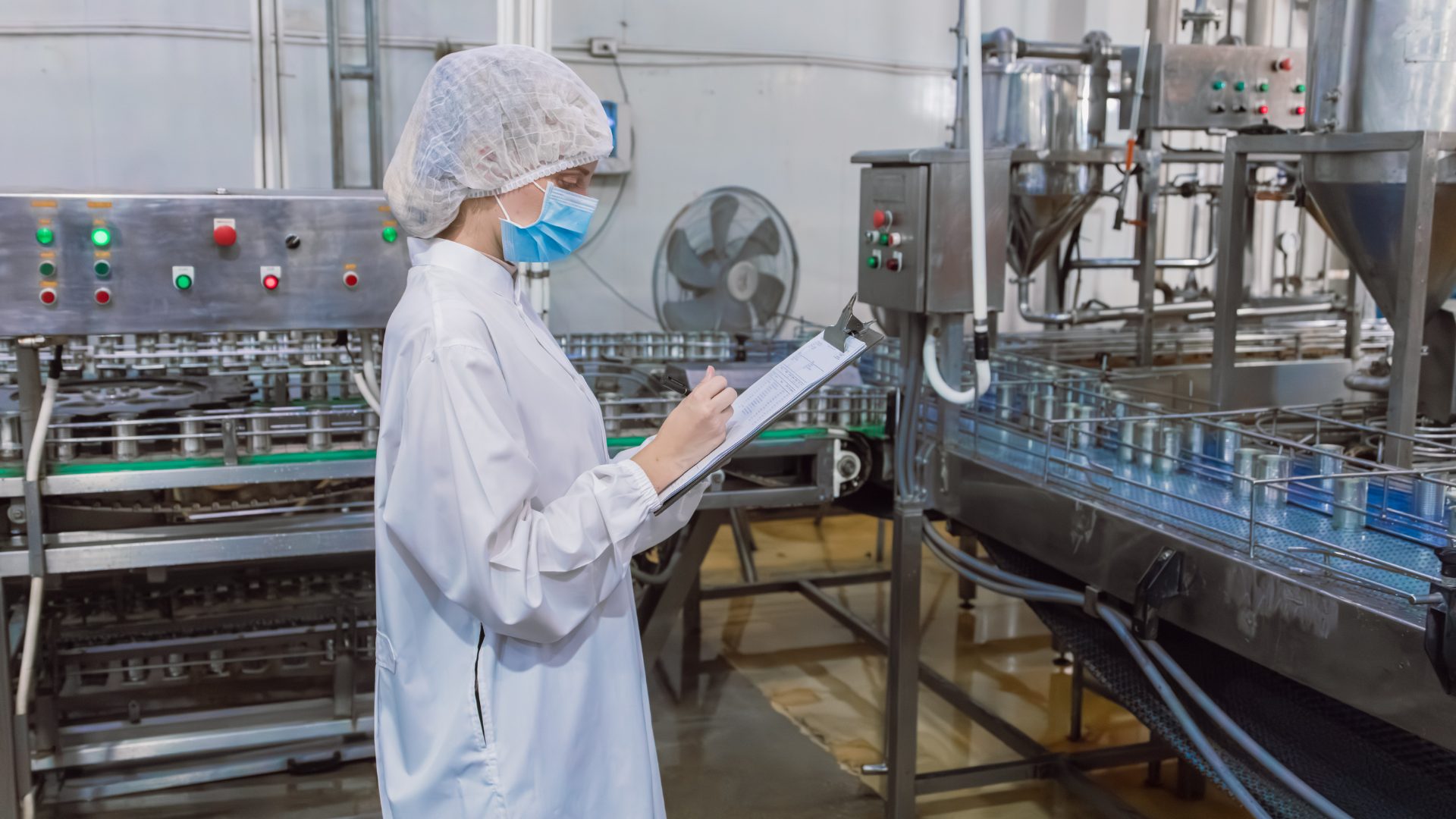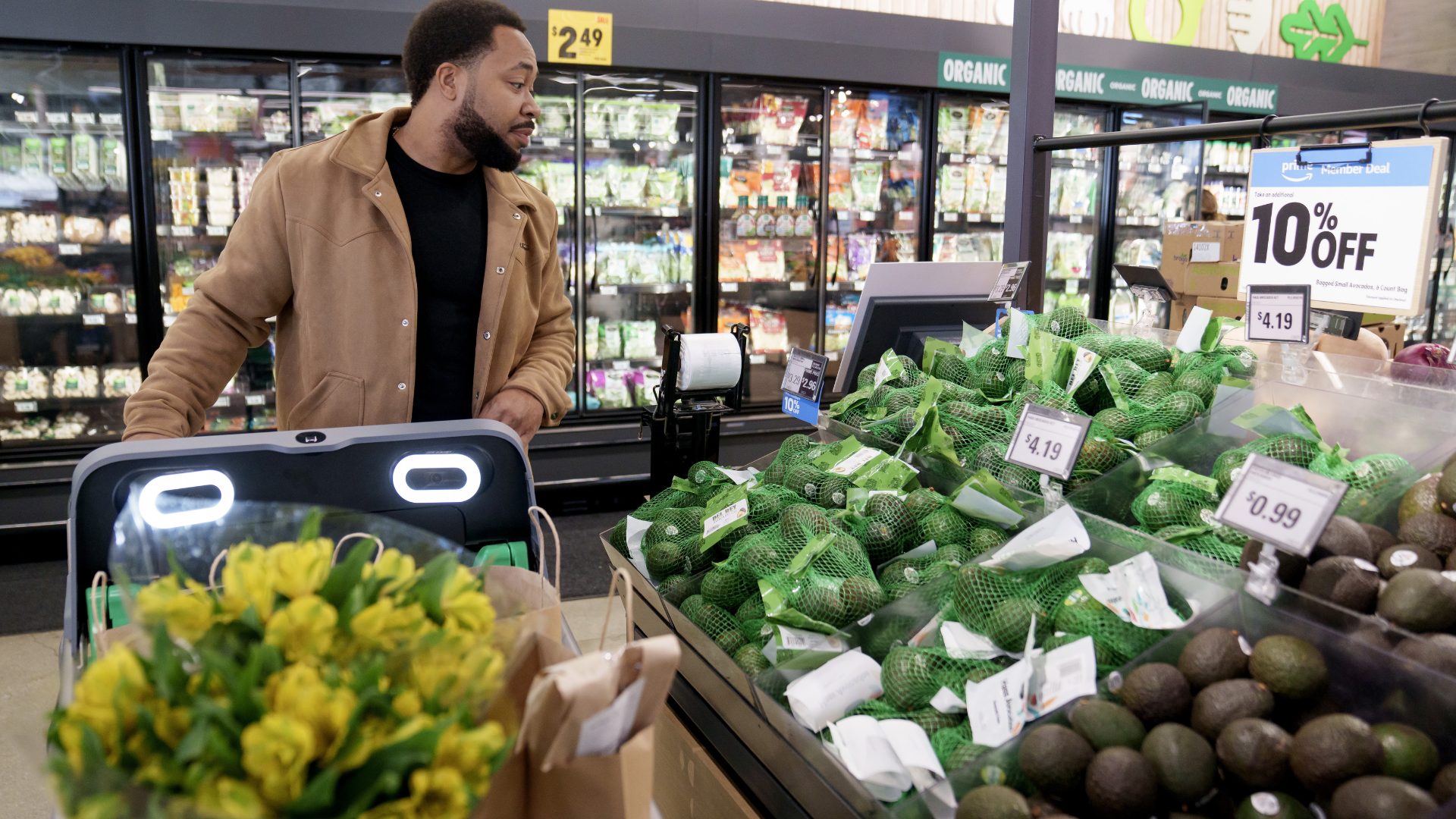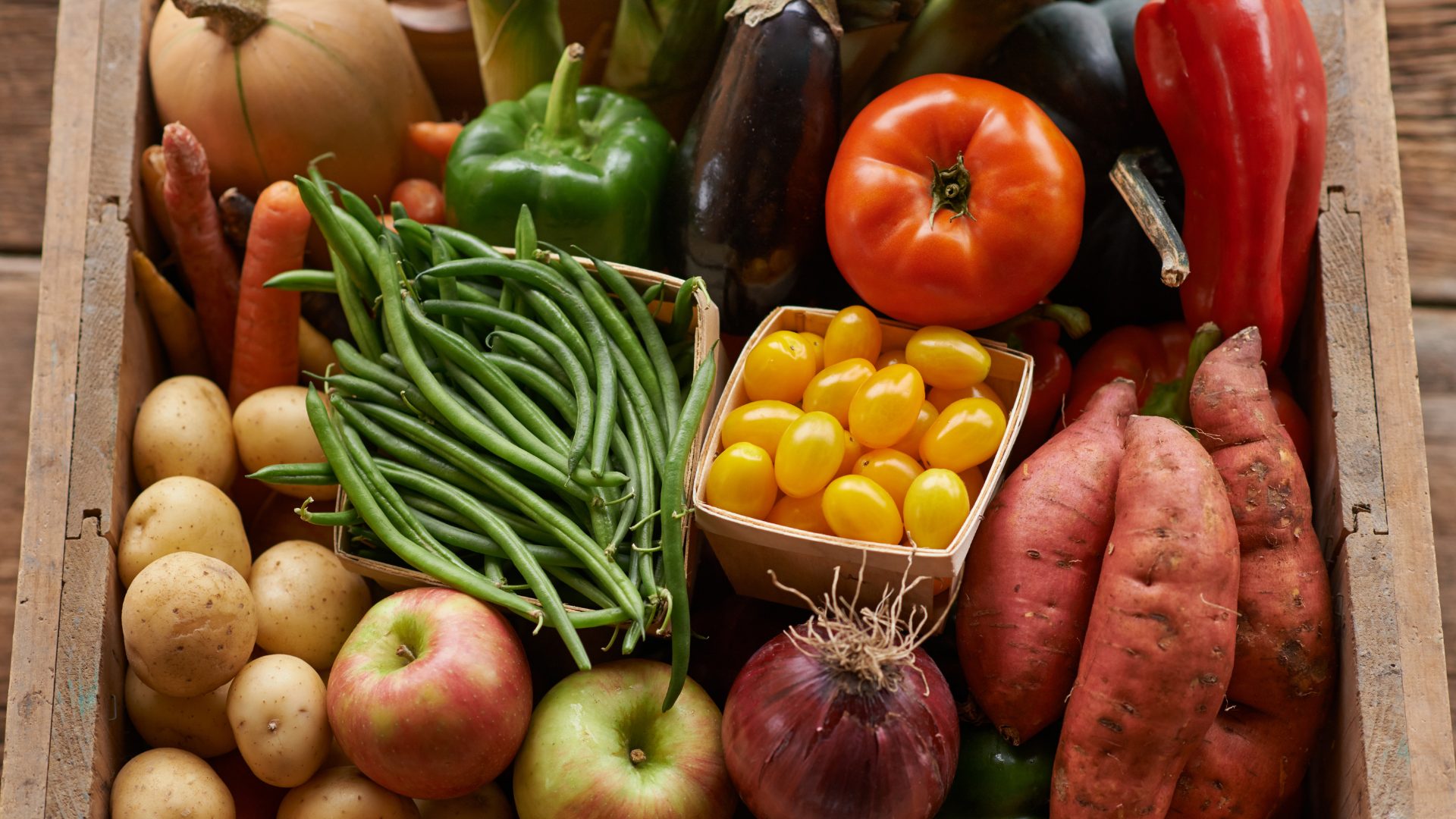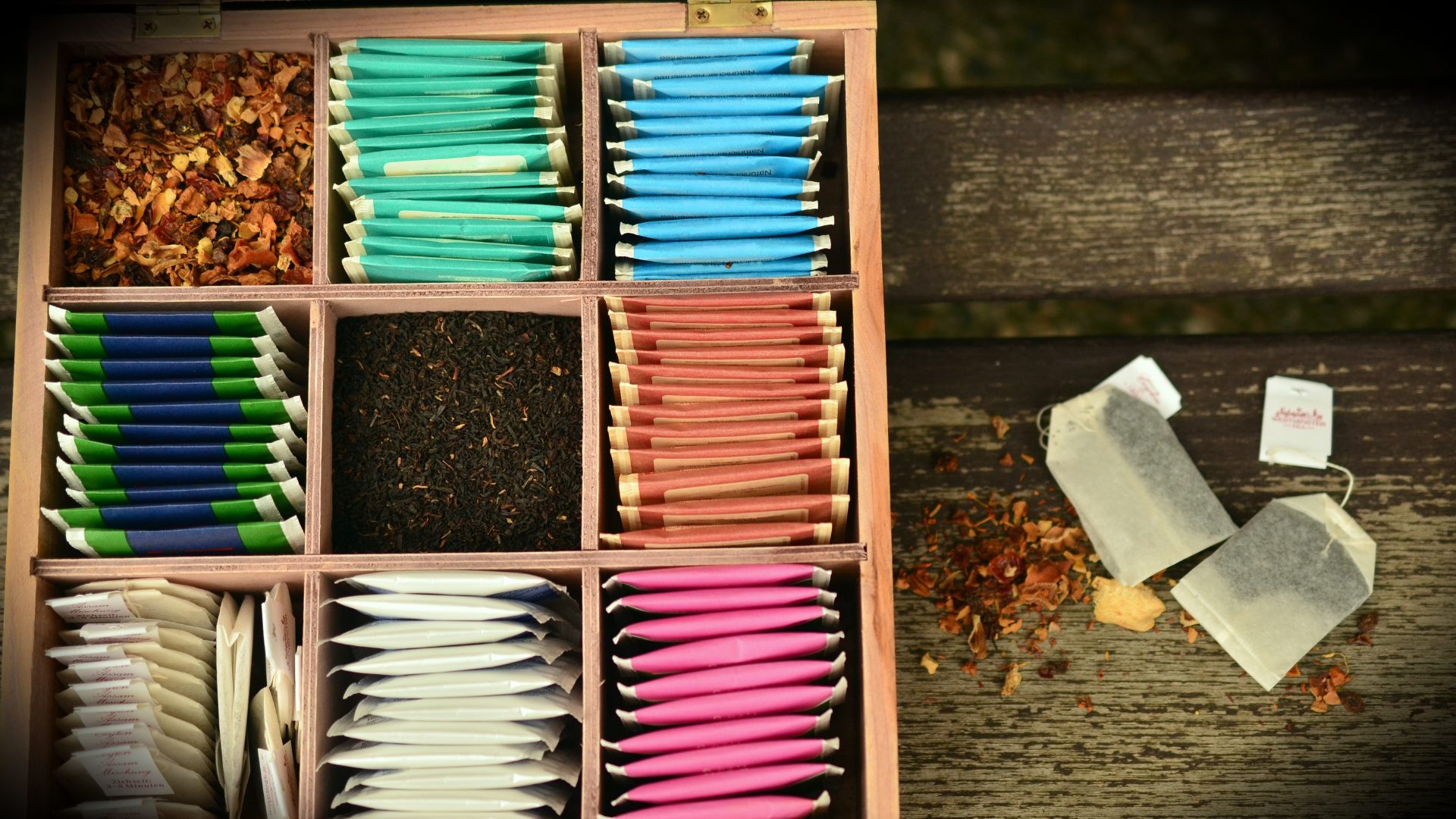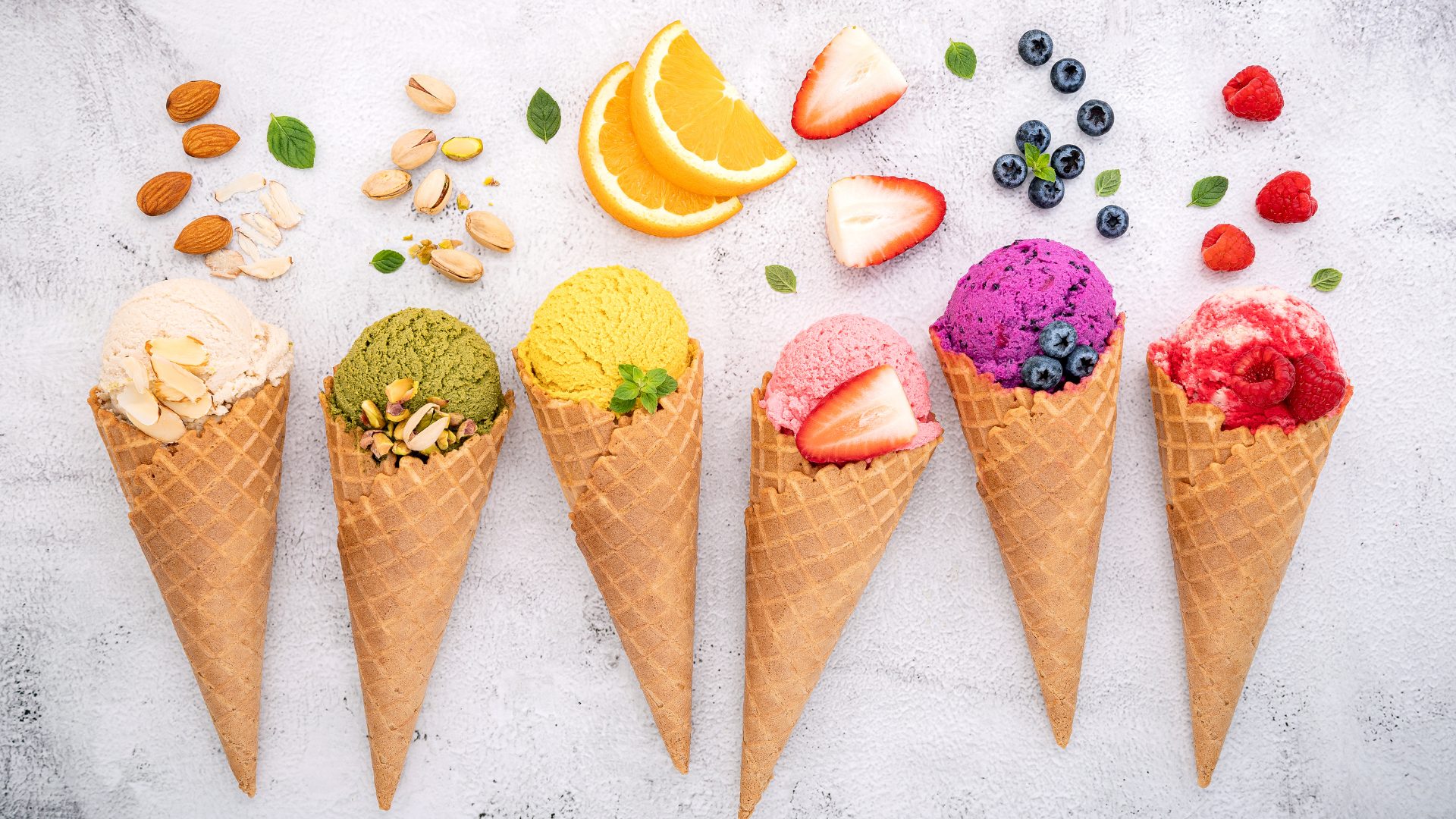As a company of trends and innovation experts, there’s nothing more exciting to us at Jump Rope Innovation than seeing a new trend emerge. We see new trend manifestations all the time; in fact, it’s new trend manifestations that we see on those “Hottest Trends of the Year” lists year over year, rather than actual new trends. Consider nostalgia, a trend that’s been relevant for decades; it has shape-shifted over time, manifesting as throwback packs, childhood things adultified, the celebration of “third culture” cuisines and more – but the trend itself has endured.
So, the birth of a new trend is kind of a big deal.
We’re calling the latest trend to watch the “Return to Real.” It’s about the desire for real, tangible, physical experiences, real, transparent, simple ingredients, and real, analog, in-person interaction and connection. It’s interesting to see this trend emerging in an era so driven by technology, and by the ability to get “more” from every experience.
The Value of Simple and Straightforward Products
In CPG specifically, it can feel like every snack and every beverage needs to be enhanced in some way – to have, be, or do something more than its primary function. And yes, it’s great that we can now buy chocolate chip cookies with protein, creatine, colostrum, adaptogens, CBD, magnesium (sleep is so hot) and so forth. And yes, there’s a place for that.
But with every trend there is a countertrend, and the overwroughtness of seemingly everything – and the absolute impossibility of trying to decipher what’s true in today’s world (an issue that extends far beyond CPG) is a big part of what’s inspiring the Return to Real.
Just how much creatine does a perimenopausal woman need in a chocolate chip cookie? Is the amount of protein in my popcorn truly meaningful? I don’t know. None. Of. Us. Knows. And we don’t always want to do the work to find out.
The ‘Return to Real’ has elements of other recent trends, with nostalgia and connection-seeking being prime examples.
Game nights are hot and happening among Gen Zers & Millennials. (A 24-year-old named Richard Ye hosted a 500-person game night in NYC last month.) There’s a brand-new Soap Opera airing on CBS for the first time in 50 years. “Grandma hobbies” such as embroidery are being embraced by Gen Z & Millennials alike. Book clubs are in.
And, just when we’re on the cusp of being able to bio-hack ourselves into living forever(ish), even smoking is back. Yep, smoking.
Transparency is Key with Consumers
This trend has hints of transparency, too. Consumers want to know what they’re choosing, how it’s made, and who made it. Sometimes, what they’d like is some (some!) real sugar, real dairy, real (name the vilified thing that you actually love) and they appreciate you for being open and unapologetic about it.
Yes, so many are concerned about health and wellness, but that can mean valuing products made with simple pantry ingredients. It can mean wanting real sugar (maybe less of it) and real dairy (maybe grass-fed.) It can mean supporting our mental health by normalizing the enjoyment of these products without expecting them to do anything more than deliciously delight you.
This is not to say the protein cookies et. al. are going away or that we’re rejecting AI and all that comes with it – far from it. It just means that, increasingly, there’s value in the simple and straightforward, the known and the tangible.
What do you think? How can your brand address this emerging consumer trend?
About the author: Robyn Carter is the founder and CEO of Jump Rope Innovation, a collaborative team of strategists and researchers that examines consumer and market truths.
The Food Institute Podcast
It’s tariff time, and companies the world over are working to better understand how their operations will be impacted. Jodi Ader from RSM US LLP joined The Food Institute Podcast to discuss which products and inputs are currently subject to tariffs, and how to best mitigate supply chain risks.






